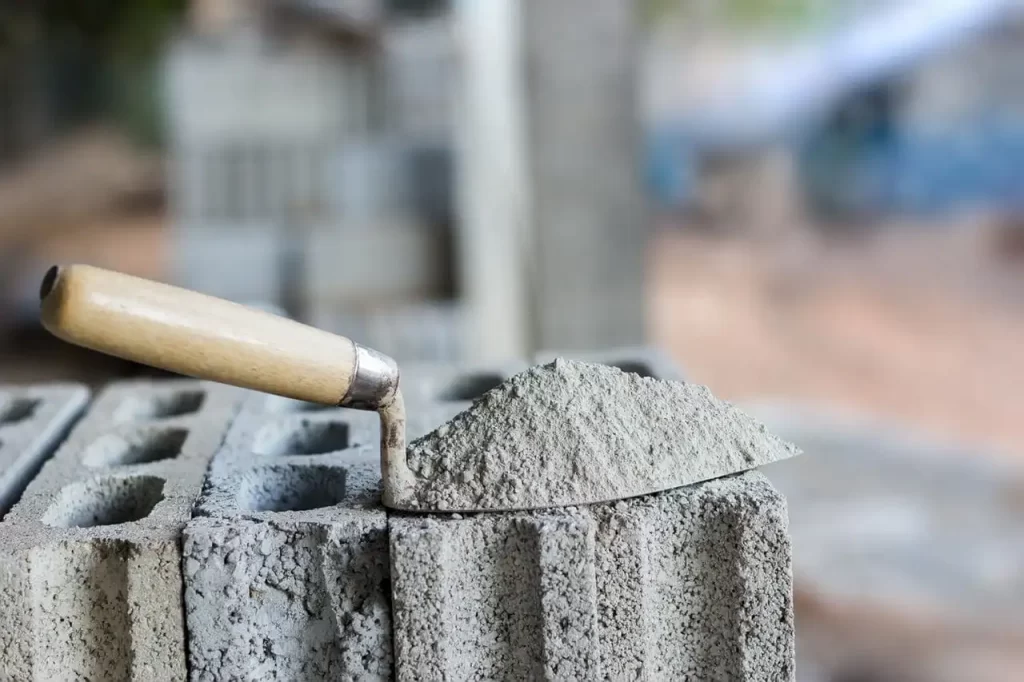Building your own house is a dream for many of you people. For constructing a building, bricks and cement plays a significant role. Cement is a mixture of sand, water and gravel. This material is used in public, residential and commercial construction jobs. In this industry, there are different types of cement available. Those types are classified according to their properties, uses and chemical composition. The cement price in delhi ranges from minimum to maximum amount. Here are the types of cement used for construction:
Ordinary Portland cement:
Ordinary Portland cement is also known as OPC. These types of cement are manufactured and used worldwide for all general concrete construction. It is used for all purposes, including concrete, mortar and plastering. OPC is used to manufacture grout, wall putty, solid concrete blocks and different types of cement.
Portland Pozzolana Cement:
For preparing PPC or Portland Pozzolana cement, you need to grind pozzolanic clinker with Portland cement. These kinds of cement are produced by combining pozzolana with gypsum or calcium sulphate and blending them uniformly. Compared with ordinary Portland cement, PPC has high resistance to chemical attacks on concrete. This cement is generally used in sewage works, lying concrete under waters and marine structures.
Rapid Hardening cement:
Rapid hardening cement attains high strength very quickly. It is similar to Ordinary Portland cement which removes formworks at the initial stages. At early stages, this cement gives higher strength development than OPC. It also contains increased lime content and higher c3s content. It increases the construction rate and decreases construction costs by saving formwork costs. It is commonly used in rapid construction.
Extra-rapid-hardening cement:
Compared with OPC and rapid-hardening cement, Extra-rapid-hardening cement may set and become durable even faster. The professionals under this construction achieve this by adding calcium chloride to rapid-hardening cement. This type of cement may be helpful for cold-weather concrete projects due to its fast setting rate. As the name suggests, it gains strength more quickly. It is about 25% faster than rapid hardening cement by one or two days.
Quick setting cement:
The cement sets earlier in quick setting cement than rapid hardening cement. But the rate of gain of strength is similar to ordinary Portland cement. During quick hardening, cement gain strength quickly. Formworks are removed earlier in this case. Quick-setting cement is used where the works are completed briefly and for concreting in static or running water. It is beneficial for time-sensitive projects.
Low-heat cement:
Low-heat cement is produced by maintaining the percentage of tricalcium aluminate and by increasing the proportion of c2s. Adding a small amount of tricalcium aluminate makes the concrete produce low heat of hydration. These types of cement are suitable for mass concrete construction like gravity dams. Due to its nature, it prevents concrete cracking due to heat. This cement has increased power against sulphates and is less reactive. Its initial setting time is greater than OPC.
Final words:
Thus these are the different kinds of cement in this industry for construction. For construction, we need an adequate sample of cement for testing. Those testing can be done by a concrete calculator for the exact measurements.

